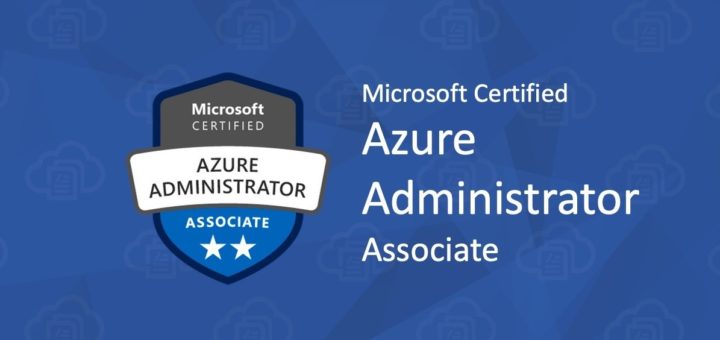Question #71
A user is trying to aggregate all the CloudWatch metric data of the last 1 week. Which of the below mentioned statistics is not available for the user as a part of data aggregation?
- A. Aggregate
- B. Sum
- C. Sample data
- D. Average
Correct Answer: A
Amazon CloudWatch is basically a metrics repository. Either the user can send the custom data or an AWS product can put metrics into the repository, and the user can retrieve the statistics based on those metrics.
The statistics are metric data aggregations over specified periods of time. Aggregations are made using the namespace, metric name, dimensions, and the data point unit of measure, within the time period that is specified by the user. CloudWatch supports Sum, Min, Max, Sample Data and Average statistics aggregation.Question #72
An organization is planning to use AWS for their production roll out. The organization wants to implement automation for deployment such that it will automatically create a LAMP stack, download the latest PHP installable from S3 and setup the ELB. Which of the below mentioned AWS services meets the requirement for making an orderly deployment of the software?
- A. AWS Elastic Beanstalk
- B. AWS Cloudfront
- C. AWS Cloudformation
- D. AWS DevOps
Correct Answer: C
AWS Cloudformation is an application management tool which provides application modelling, deployment, configuration, management and related activities. Cloudformation provides an easy way to create and delete the collection of related AWS resources and provision them in an orderly way. AWS CloudFormation automates and simplifies the task of repeatedly and predictably creating groups of related resources that power the users applications. AWS Cloudfront is a CDN; Elastic Beanstalk does quite a few of the required tasks. However, it is a PAAS which uses a ready AMI. AWS Elastic Beanstalk provides an environment to easily develop and run applications in the cloud.
Question #73
A user has created a subnet with VPC and launched an EC2 instance in that subnet with only default settings.
Which of the below mentioned options is ready to use on the EC2 instance as soon as it is launched?
- A. Elastic IP
- B. Private IP
- C. Public IP
- D. Internet gateway
Correct Answer: B
A Virtual Private Cloud (VPC is a virtual network dedicated to a users AWS account. A subnet is a range of IP addresses in the VPC. The user can launch the AWS resources into a subnet. There are two supported platforms into which a user can launch instances: EC2-Classic and EC2-VPC. When the user launches an instance which is not a part of the non-default subnet, it will only have a private IP assigned to it. The instances part of a subnet can communicate with each other but cannot communicate over the internet or to the AWS services, such as RDS / S3.
Question #74
An organization is setting up programmatic billing access for their AWS account. Which of the below mentioned services is not required or enabled when the organization wants to use programmatic access?
- A. Programmatic access
- B. AWS bucket to hold the billing report
- C. AWS billing alerts
- D. Monthly Billing report
Correct Answer: C
AWS provides an option to have programmatic access to billing. Programmatic Billing Access leverages the existing Amazon Simple Storage Service (Amazon S3. APIs. Thus, the user can build applications that reference his billing data from a CSV (comma-separated value. file stored in an Amazon S3 bucket. To enable programmatic access, the user has to first enable the monthly billing report. Then the user needs to provide an
AWS bucket name where the billing CSV will be uploaded. The user should also enable the Programmatic access option.
Question #75
A user has configured the Auto Scaling group with the minimum capacity as 3 and the maximum capacity as 5.
When the user configures the AS group, how many instances will Auto Scaling launch?
- A. 3
- B. 0
- C. 5
- D. 2
Correct Answer: A



